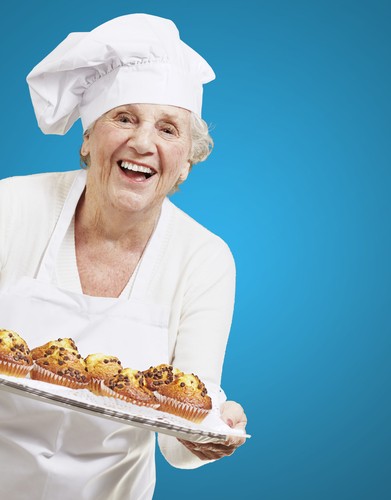The tabloids were screaming at new parents this week desperately yelling at them not to share a bed with their newborn because it could be lethal, causing sudden infant death syndrome, or cot death. The research said so. SIDS is tragic, of course, but a little composure, please.
As NHS Choices explains: “The researchers estimate that the absolute risk of SIDS for room-sharing infants was 0.00008 (eight per 100,000) when neither parent smoked and the baby was less than three months old, breastfed, and had no other risk factors.”
That’s for babies sleeping in the same room, not the same bed as their parent(s). The research showed that bed-sharing increased this death rate risk to 0.00023 (that’s 23 per 100,000). Both tiny proportions of the total number of deaths. There is a world of difference between absolute and relative risk. The tabloids said a fivefold increase in risk (actually looks like it’s less than threefold), but the risk is tiny either way. Absolutely tiny. Of every 100,000 babies that die, the “cause” is referred to as SIDS is just 0.023%.
Exactly what SIDS is and what causes it are yet to be determined. Two of the bullet points given in the article hint at the specific risks: “do not share a bed with your baby, particularly if you have been drinking or have taken drugs”, do not let your baby get too hot and keep your baby’s head uncovered.
NHS Choices alludes to the fact that smoking, alcohol and drug use are also risk factors and that the risk of SIDS decreases as baby gets older. Like I say, tragic for the parents and families affected, I’m not belittling the tragedy, just trying to point out that the risks are small and while parents should listen to advice from their healthcare workers, they shouldn’t become neurotic about the safety of their child on the back of tabloid headlines.
Sharing a bed with your baby ups risk of cot death – Health News – NHS Choices:Â https://www.nhs.uk/news/pregnancy-and-child/sharing-a-bed-with-your-baby-ups-risk-of-cot-death/
